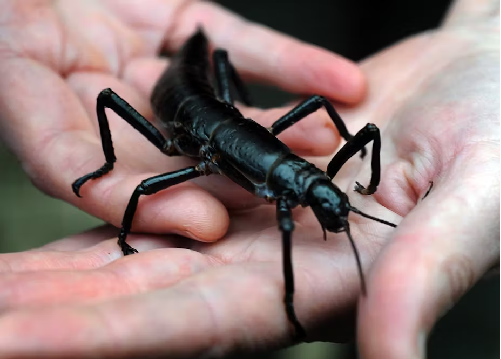Rediscovered Wonders: Species Thought Extinct but Still Alive
Nature’s resilience often surprises us, especially when it reveals species once thought extinct. These rediscovered wonders remind us of the importance of conservation and the mysteries yet to be uncovered.
One of the most famous examples is the Coelacanth, a prehistoric fish believed extinct for 66 million years. In 1938, a live Coelacanth was caught off the coast of South Africa, stunning the scientific community. This “living fossil” provides valuable insights into the evolutionary history of vertebrates.
Another remarkable rediscovery is the Lord Howe Island stick insect. Declared extinct in the 1920s, it was found in 2001 on a small rocky outcrop known as Ball’s Pyramid. Conservation efforts have since boosted its population, offering hope for its long-term survival.
The Javan elephant, thought to have vanished in the 18th century, was discovered living in the dense forests of Borneo. Genetic studies confirmed its identity, highlighting the vast, unexplored regions of our planet where such surprises may still hide.
These stories underscore the resilience of life and the importance of preserving natural habitats. Rediscovering these species renews hope and emphasizes the need for ongoing exploration and conservation to protect Earth’s biodiversity for future generations.






